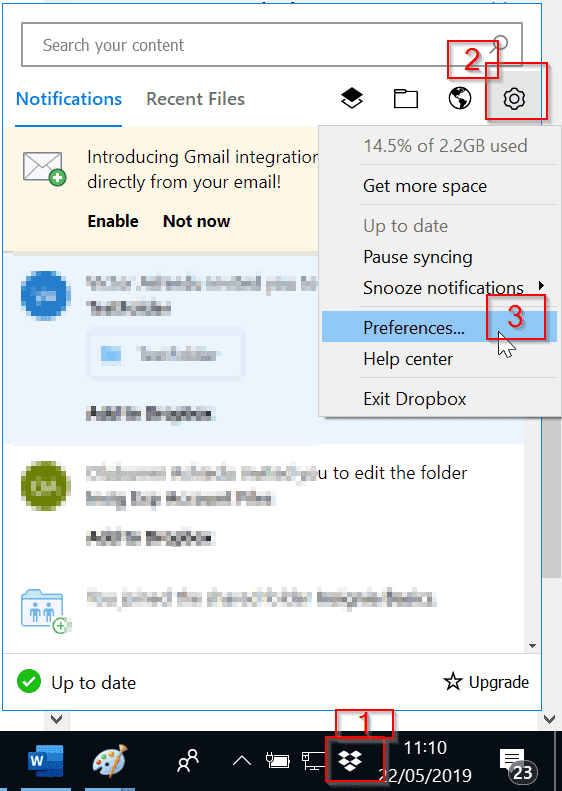


repeat attempts when measuring onboarding or registration, since each user should only go through each of those processes once. So, you wouldn’t look at first attempt vs. Note that this breakdown is particularly valuable for repetitive tasks that the user must complete frequently. If you want to get more specific data on how customers use your product, consider breaking this metric down into two segments: Average length of task completion on first attempt and average length of task completion on repeat attempts. Generally speaking, the more quickly users can complete a task successfully, the better the overall UX. This KPI tells you how long a user spends completing a specific task. Some of the most common behavioral metrics you might look at to measure UX success include time on task, completion rates, error rates, adoption, and retention. Then, once you know what the problem is, you can take a step back to see what can be done to streamline UX at that step. So, if you’re looking at the question of user experience optimization, start by observing user interaction with your product and identify any bottlenecks or roadblocks. Your metrics should be defined by your objectives. When first deciding which key performance indicators (KPIs) to focus on, it helps to work backward from your end goals. How to measure UX: Core KPIs for tracking success


 0 kommentar(er)
0 kommentar(er)
